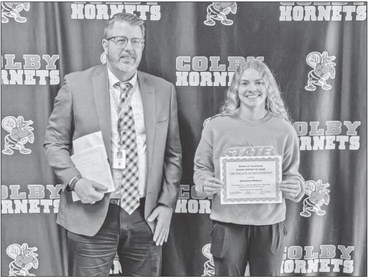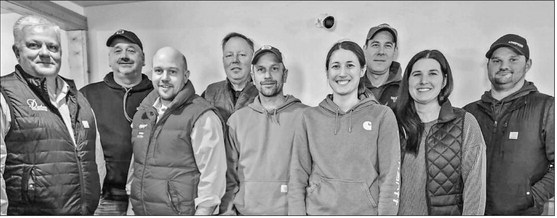County considers creating TIF tax force
With nearly $1.2 billion worth of property currently off-limits to taxation by Marathon County due to taxincremental financing (TIF), county officials are looking at creating a task force to study the financial impact of TIF districts and consider policy positions to restrain their growth.
Members of the Human Resources, Finance and Capital Committee took up the topic of TIF districts at its March 8 meeting, though no action was taken to recommend creation of a task force at this point.
TIF districts are designated areas within municipalities where the property taxes generated by any new developments are used exclusively to promote growth within the district, rather than being distributed to the county, school district and technical school system. Municipal officials use TIF tax dollars to provide financial incentives to private developers and to pay for infrastructure that benefits new developments, which may not have been built without assistance.
However, TIF districts also deprive other units of government, such as the county, of additional tax revenue for as much as 20 years or more, depending on the lifespan of each district.
During public comment, Peter Weinschenk, former editor of The Record-Review, urged the committee to create the task force so that county officials can better understand how TIF districts are “bad government policy” that “hurts taxpayers, compounds the financial problems faced by municipalities and robs the county of needed tax revenues.”
Weinschenk acknowledged that TIF districts encourage new developments and increase construction within municipalities, but he said those cities and villages are often left with more infrastructure to care for than what they can afford with their limited tax bases. He said municipalities end up creating more TIF districts just to pay for roads and other infrastructure.
“Municipalities spiral into a neverending cycle of TIF addiction,” he said.
Taxpayers become “collateral victims” of TIF districts, Weinschenk said, pointing out that the municipalities in Marathon County with the most TIF districts also have the highest property tax mil rates.
The county also suffers from a loss of tax revenue, he said. In 2022, the $1.2 billion worth of untaxed property value within the county’s 39 TIF districts amounted to 15.6 percent of the total equalized value of the county’s villages and cities, according to data from Wisconsin Department of Revenue. The state prohibits municipalities from creating new TIF districts if 12 percent of their tax base is already in a TIF, but Weinschenk said the county lost about $1.3 million in tax revenue last year because municipalities did not honor this cap.
“The county’s property tax yield would have increased by 2.4 percent at the same $4.55 mil rate,” he said.
Committee chairman John Robinson said the agenda did not include an action item for creating a TIF tax force, but he provided some information about the prevalence of TIF districts in the county and how many of them have been extended beyond their original deadlines.
Board chairman Kurt Gibbs said he believes large portions of the state law governing TIF districts are not being followed, including what is known as the “but for” provision. This stipulation makes it clear that a TIF district should not be created unless a proposed development would otherwise not happen without TIF incentives available.
“I think that’s been overlooked a significant amount of times,” he said.
Gibbs said he supports the creation of a task force to evaluate the impacts of TIF districts and possibly support legislation that gives more “teeth” to counties when municipalities consider extending the life of a district. He said the county’s representative on joint review boards, which oversee the creation and extension of TIF districts, should have “a significant say” on whether districts are allowed to exceed their original deadlines.
At the same time, Gibbs said he would like to see representatives from local municipalities on the task force in order to get their perspectives.
Robinson said the committee needs to develop a charter for the task force that spells out its mission, the number of members, and where those members come from. He said the village of Marathon City and town of Rib Mountain have expressed interest in discussing the issue.
Supervisor Alyson Leahy questioned what the county government can “actually achieve” when it comes to TIF districts, since it only gets one voting member on joint review boards.
Robinson said the task force could establish an official county position as to when TIF districts should be granted extensions by the state legislature. He said it would also open up a dialogue with the municipalities, who often insist that private development would not be possible without TIF districts.
“I think some of the TIFs have been questionable in what they’ve yielded,” he said. “What criteria do we want to apply toward TIFs?”
However, Robinson also said Leahy raised a good question about the county’s role in shaping TIF district policies.
“We’ll need to clarify that and bring something back at a future meeting,” he said.



